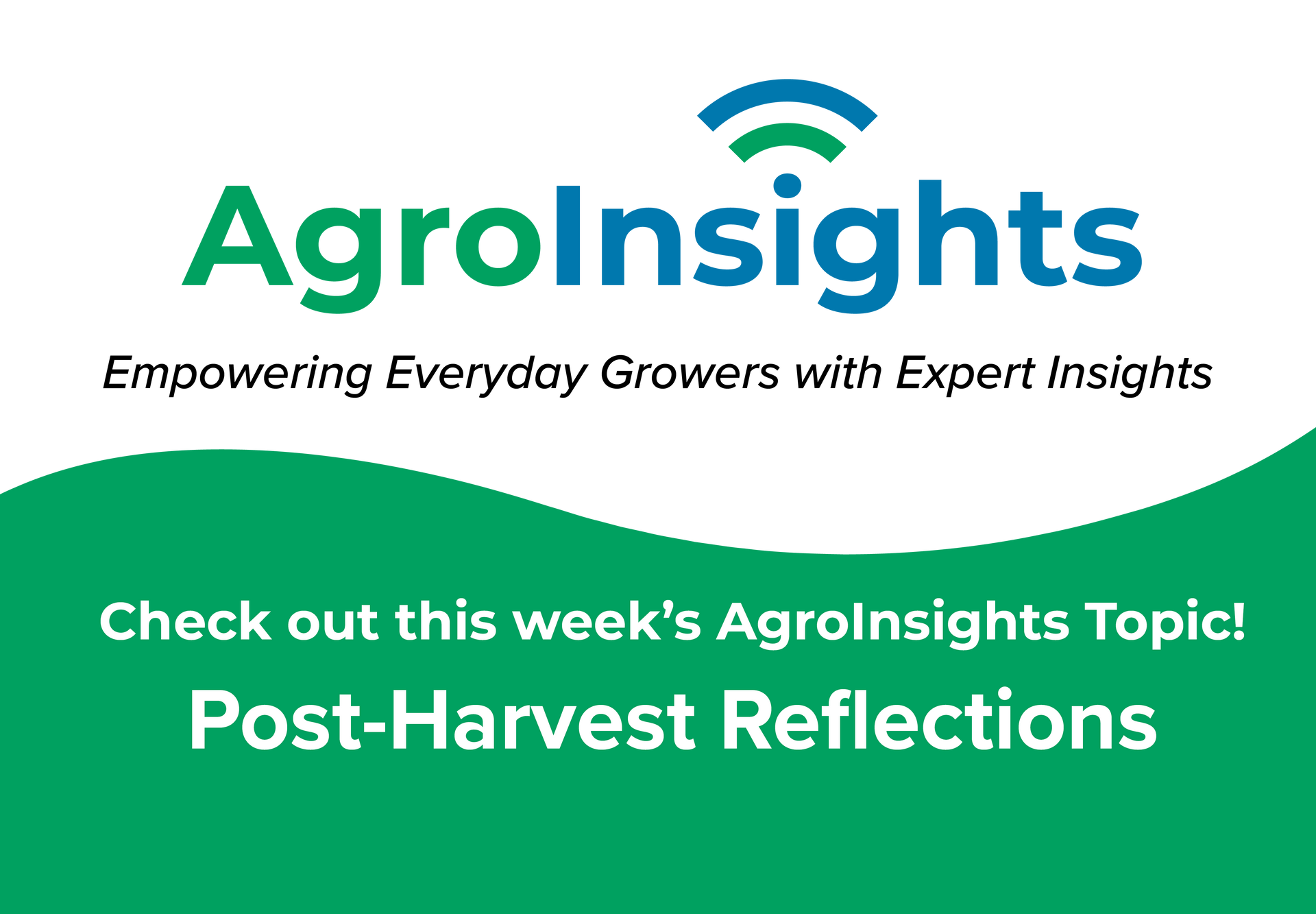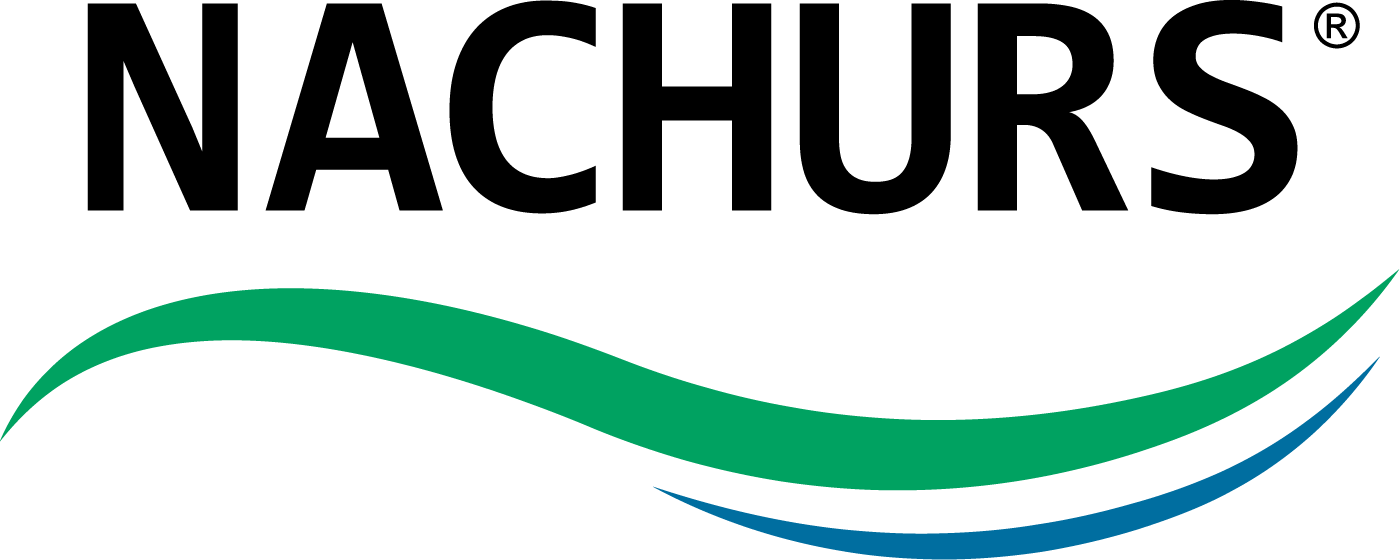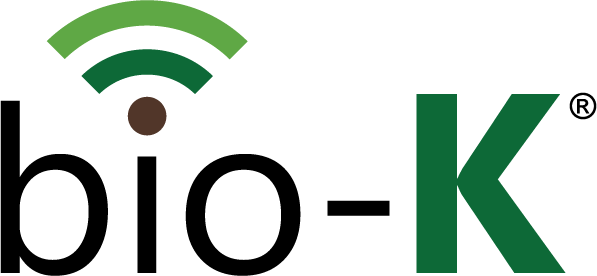Understanding Your Soil Phosphorus Levels
Let’s say you are a farmer that has a recent soil sample…do you feel confident that you know your soil phosphorus level and that you can make a good soil phosphorus fertilizer application? Simply knowing the P level tells you part of the story, but knowing the method that the lab used to determine the number reported on your analysis can tell you much more. Under no circumstance is all of the P in the soil available to growing crops, therefore simply knowing the total amount of P in the soil is not meaningful. Because soil scientist understand this fact, labs choose between methods of extracting P so as to be able to define what can be considered as plant available P. Three commonly use methods are Bray-1, Olsen, and Mehlich-3 (M3), unfortunately the results of one test are not always correlated with each other, therefore it is usually best to use your soil analysis as a guide which tells part of the story when it comes to fertilization. Plant tissue analysis and farm history should determine the rest of your decision making. The three common methods are discussed below: Mehlich-3 Test- This test will often give higher P readings for high pH soils than will the Bray-1; it is more widely accepted as accurate if the Olsen test is not used. Olsen– This test is best to measure the amount of readily available phosphorus in slightly basic (pH 7.0-7.2) to highly basic soils (pH 7.3 and greater). Bray 1– Useful for soils with pH less than 7.4 A comparative summary of the three would be that the M3 and Bray-1 P tests measure approximately the same amount of P in acid or neutral soils. The Bray-1 test measures less P than it should from some high-pH (calcareous) soils and is not recommended for soils with soil pH 7.4 or higher. Some laboratories use the Bray-1 test for samples with acid to neutral pH and the Olsen test for high-pH samples; some labs use only the M3. Many labs which use the Bray 1 soil analysis also report the Bray 2. The Bray 2 test measures readily available phosphorus plus a part of the active reserve phosphorus in the soil. This can be especially useful because the ration of Bray 1 to Bray 2 can help evaluate the phosphorus status of the soil as well as identify a soil condition that contributes to poor crop performance. In general where the Bray 2 is much higher than the Bray 1 situations are occurring in the soil where a large portion of P fertilizer is becoming unavailable; thus sulfur, zinc, and starter fertilizer may be even more important than under typical soil conditions. In order to get the most from your soil P analysis it is important to select a lab which gives you the information which is important for your farming situation.-Wayne Becker, Southern US Sales Agronomist
Let’s say you are a farmer that has a recent soil sample…do you feel confident that you know your soil phosphorus level and that you can make a good soil phosphorus fertilizer application?
Simply knowing the P level tells you part of the story, but knowing the method that the lab used to determine the number reported on your analysis can tell you much more.
Under no circumstance is all of the P in the soil available to growing crops, therefore simply knowing the total amount of P in the soil is not meaningful. Because soil scientist understand this fact, labs choose between methods of extracting P so as to be able to define what can be considered as plant available P.
Three commonly use methods are Bray-1, Olsen, and Mehlich-3 (M3), unfortunately the results of one test are not always correlated with each other, therefore it is usually best to use your soil analysis as a guide which tells part of the story when it comes to fertilization. Plant tissue analysis and farm history should determine the rest of your decision making. The three common methods are discussed below:
Mehlich-3 Test-
This test will often give higher P readings for high pH soils than will the Bray-1; it is more widely accepted as accurate if the Olsen test is not used.
Olsen– This test is best to measure the amount of readily available phosphorus in slightly basic (pH 7.0-7.2) to highly basic soils (pH 7.3 and greater).
Bray 1– Useful for soils with pH less than 7.4
A comparative summary of the three would be that the M3 and Bray-1 P tests measure approximately the same amount of P in acid or neutral soils. The Bray-1 test measures less P than it should from some high-pH (calcareous) soils and is not recommended for soils with soil pH 7.4 or higher. Some laboratories use the Bray-1 test for samples with acid to neutral pH and the Olsen test for high-pH samples; some labs use only the M3.
Many labs which use the Bray 1 soil analysis also report the Bray 2. The Bray 2 test measures readily available phosphorus plus a part of the active reserve phosphorus in the soil.
This can be especially useful because the ration of Bray 1 to Bray 2 can help evaluate the phosphorus status of the soil as well as identify a soil condition that contributes to poor crop performance. In general where the Bray 2 is much higher than the Bray 1 situations are occurring in the soil where a large portion of P fertilizer is becoming unavailable; thus sulfur, zinc, and starter fertilizer may be even more important than under typical soil conditions.
In order to get the most from your soil P analysis it is important to select a lab which gives you the information which is important for your farming situation.
-Wayne Becker, Southern US Sales Agronomist












